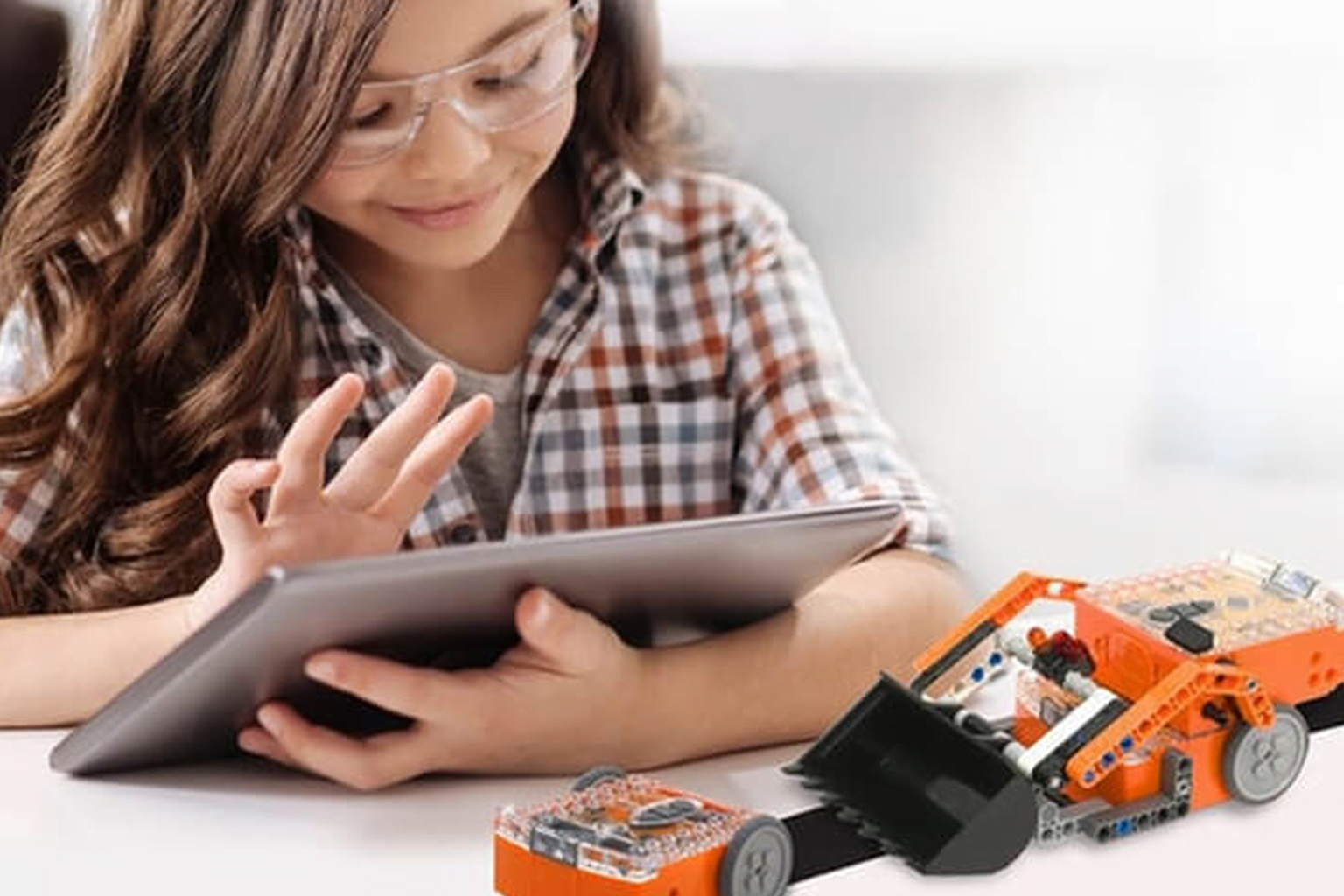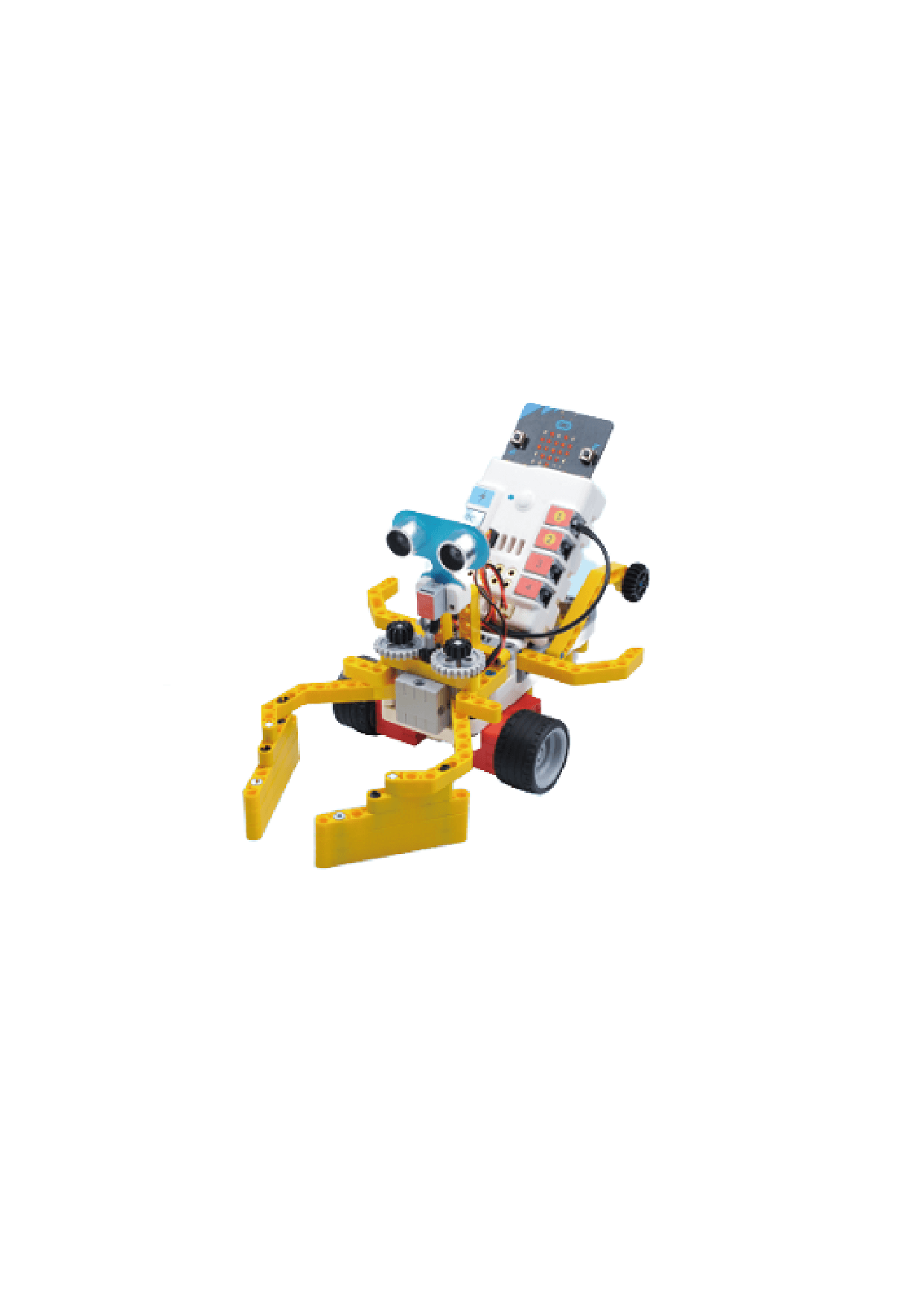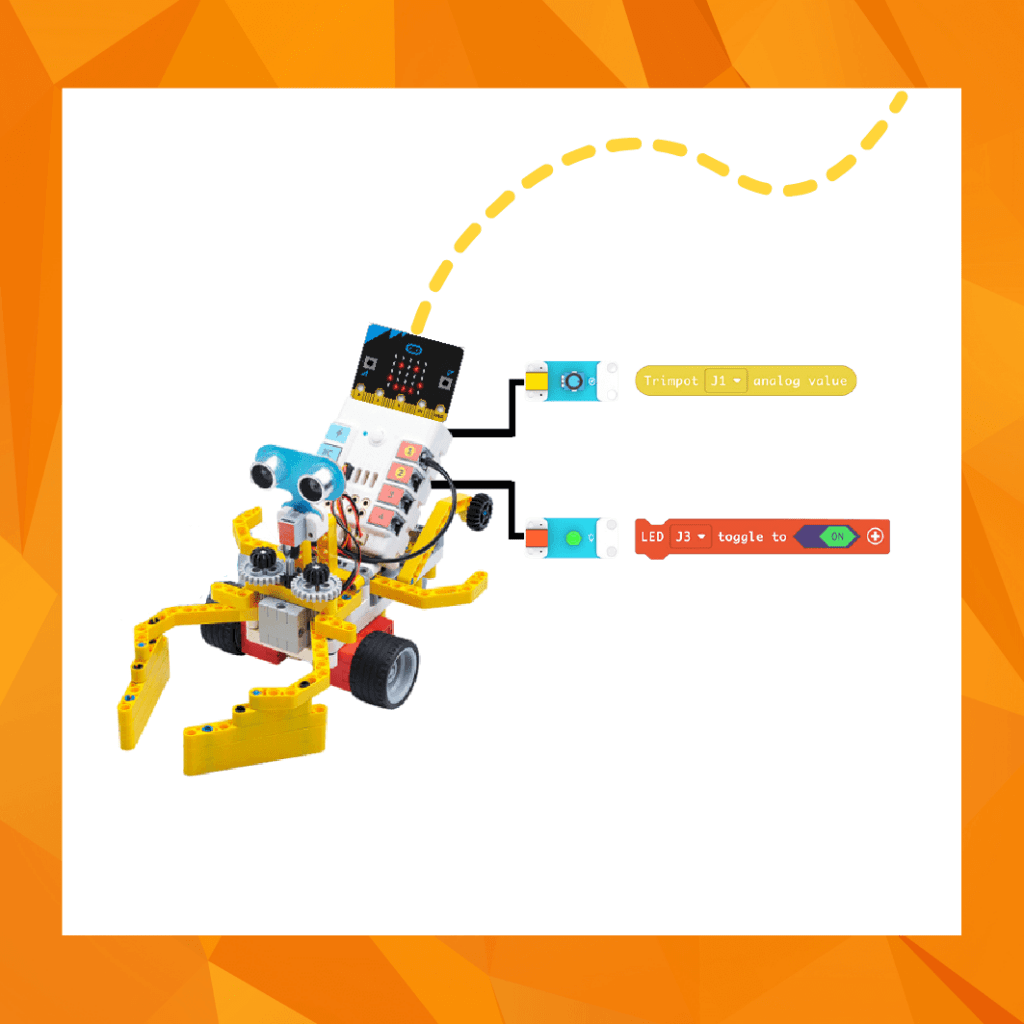STEM Education Ξάνθης
The goal of STEM Education's programs is to create a new generation of people who, by combining elements from all positive sciences, will gain the ability to solve problems and participate effectively in the rapidly evolving digital world. Education is changing with STEM, transforming traditional teacher-centered instruction into a pedagogy where problem-solving and discovery-based learning play a dominant role in the curriculum. STEM offers opportunities for skill development by encouraging children to answer questions and engage in playful activities related to science, mathematics, engineering, and technology. In the near future, 25% of jobs will require STEM knowledge, according to studies by American educational institutions. The EU, recognizing the importance of STEM in the job market, has formed the STEM Alliance. STEM education emphasizes teamwork, where children learn to collaborate, communicate, and argue from a very young age. Problem-solving is a core component, as children seek solutions to everyday challenges. Introduction to natural sciences is done through experiential projects, while engineering helps children understand simple and complex machines. Mathematics become engaging through algorithmic thinking and hands-on activities, and educational robotics teaches children to build and program robots, keeping them updated on technological advancements.




